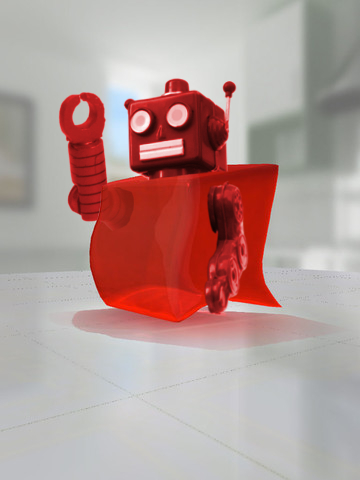Soft science for squishy robots
 A new phase-changing material could soften up the world for the age of shape-shifting robots.
A new phase-changing material could soften up the world for the age of shape-shifting robots.
Engineers at MIT are working on a substance that can switch between hard and soft states, designed as a potential skin for robots to do the same.
Not unlike T-1000 in the movie ‘Terminator 2’, but presumably less vengeful, the material could be used to create deformable ‘bots that morph to suit their surrounds.
Surgical robots that move through the body without damaging any organs or vessels, or search-and-rescue robots to squeeze through rubble looking for survivors, are among possible uses.
Researchers from some elite US organisations are involved in the project, including experts from robotics company Boston Dynamics, the Chemical Robots program of the Defense Advanced Research Projects Agency (DARPA) and an academic team led by Anette Hosoi, a professor of mechanical engineering and applied mathematics at MIT.
One early challenge in the project was working out just how squishy the material could be.
"You can't just create a bowl of Jell-O,” Hosoi says.
“Because if the Jell-O has to manipulate an object, it would simply deform without applying significant pressure to the thing it was trying to move.”
The researchers decided that the only way to build a useful deformable robot would be to develop a material that can switch between a soft and hard state.
“If you're trying to squeeze under a door, for example, you should opt for a soft state, but if you want to pick up a hammer or open a window, you need at least part of the machine to be rigid,” Hosoi says.
To build a material capable of shifting between squishy and rigid states, the researchers coated a foam structure in wax. They chose foam because it can be squeezed into a small fraction of its normal size, but once released will bounce back to its original shape.
The wax coating, meanwhile, can change from a hard outer shell to a soft, pliable surface with moderate heating. This could be done by running a wire along each of the coated foam struts and then applying a current to heat up and melt the surrounding wax. Turning off the current again would allow the material to cool down and return to its rigid state.
In addition to switching the material to its soft state, heating the wax in this way would also repair surface damage.
“This material is self-healing...so if you push it too far and fracture the coating, you can heat it and then cool it, and the structure returns to its original configuration,” Hosoi said.
To build the material, the researchers simply placed the polyurethane foam in a bath of melted wax. They then squeezed the foam to encourage it to soak up the wax.
In order to study the properties of the material in more detail, the researchers used a 3-D printer to build a foam lattice structure, to allow them to carefully control the position of each of the struts and pores.
The wax coating could also be replaced by a stronger material, such as solder.
Dr Hosoi is now investigating the use of other unconventional materials for robotics, such as magnetorheological and electrorheological fluids. These materials consist of a liquid with particles suspended inside, and can be made to switch from a soft to a rigid state with the application of a magnetic or electric field.
More information is available in the following video.








 Print
Print